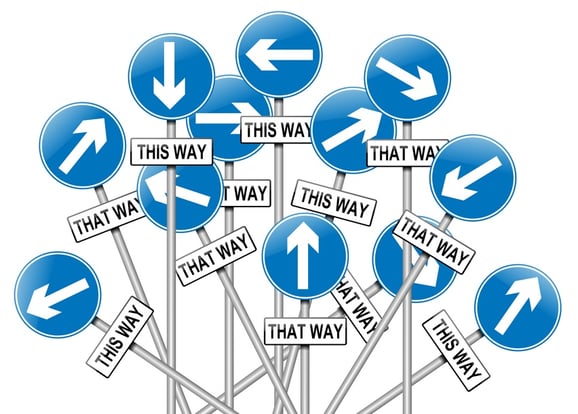Moore’s law predicted that since every 18 months the processor speeds will increase, people would start seeing this as an opportunity to increase sales every 18 months. In the enterprise software business world, it means that every 18 or so months everything has to be replaced, re-engineered or revised in order to be seen as up to speed with the changing trends of the world and up to date with the modern new-age technologies. Those companies that missed the memo or chose to ignore it have paid a hefty price: In the past five years more companies in the HRMS spectrum have closed down than sustained.
The industry space has become so crowded that there has been major consolidation through mergers and acquisitions, and only a few are left standing. Within the HRIS domain, small companies specializing in their own segments have started creating specialized apps for modules that once were part of an integrated system implemented in a company. When the number of providers increases, the obvious winner is the customer – and the customer indeed has been. But, as employees have gotten to choose the coolest, or the newest, system for each of their needs, another problem has developed: overwhelmed employee syndrome.
Nowadays, there are at a minimum 5-8 systems in an organization that employees are given access to in order for them to perform their work. Not only that, but in Canada, from 2012 to 2014, the average number of devices a person regularly uses to connect went up 50%, from two to three. Multiple connections on multiple systems and devices have resulted in constant interruptions, affecting employee’s productivity, attention, and engagement in the workplace. The “paradox of choice” in electronics and enterprises has rendered the employee with too many systems to get on to perform their work, sapping their energy. This, in turn, causes high levels of dissatisfaction with current systems; when this feedback gets transmitted back to the makers, they create even more new systems, and the employee has to learn updated and new versions.
Research shows that employees on integrated systems generate more value than those on siloed systems, who need to log in and out of separate systems to perform their functions. Forward-thinking organizations will deeply understand their employees’ needs for streamlined interaction. They will go beyond asking employees to bend to systems, and will choose software providers that allow employees the freedom to operate from a single platform, rather than choosing to purchase a hodgepodge of the latest and coolest systems. They will understand the importance of understanding what their employees really do, and will align their systems in a way that allows employees to easily interoperate without having to learn numerous different systems in-depth. When businesses start paying attention to their employees in this new light, they will streamline their efficiency, surpass their competitors, and have a workplace that truly is futuristic.